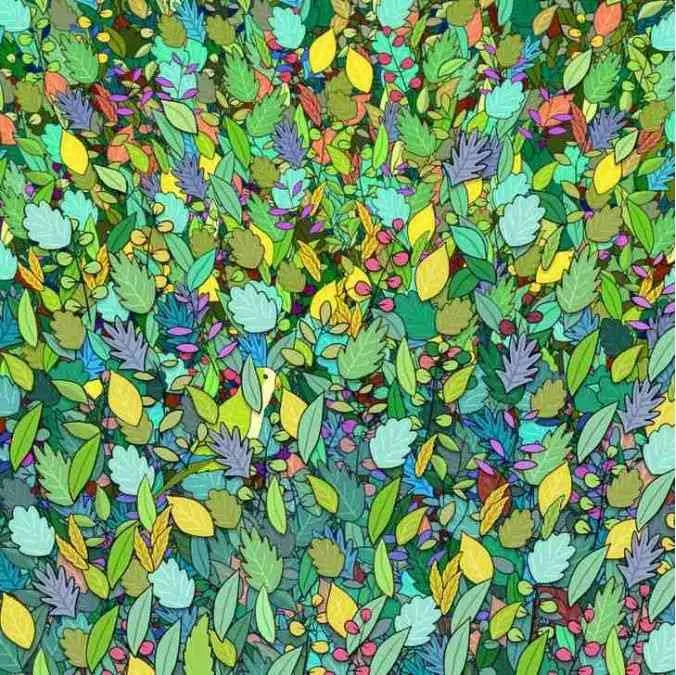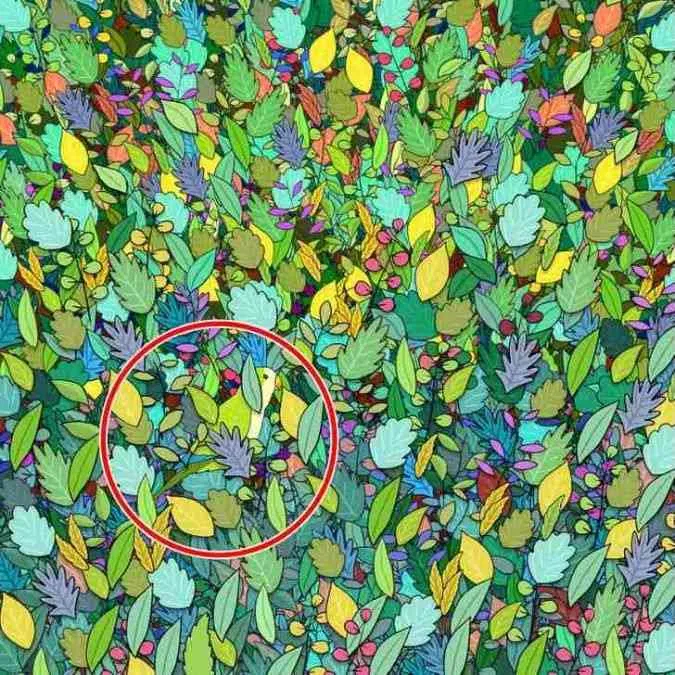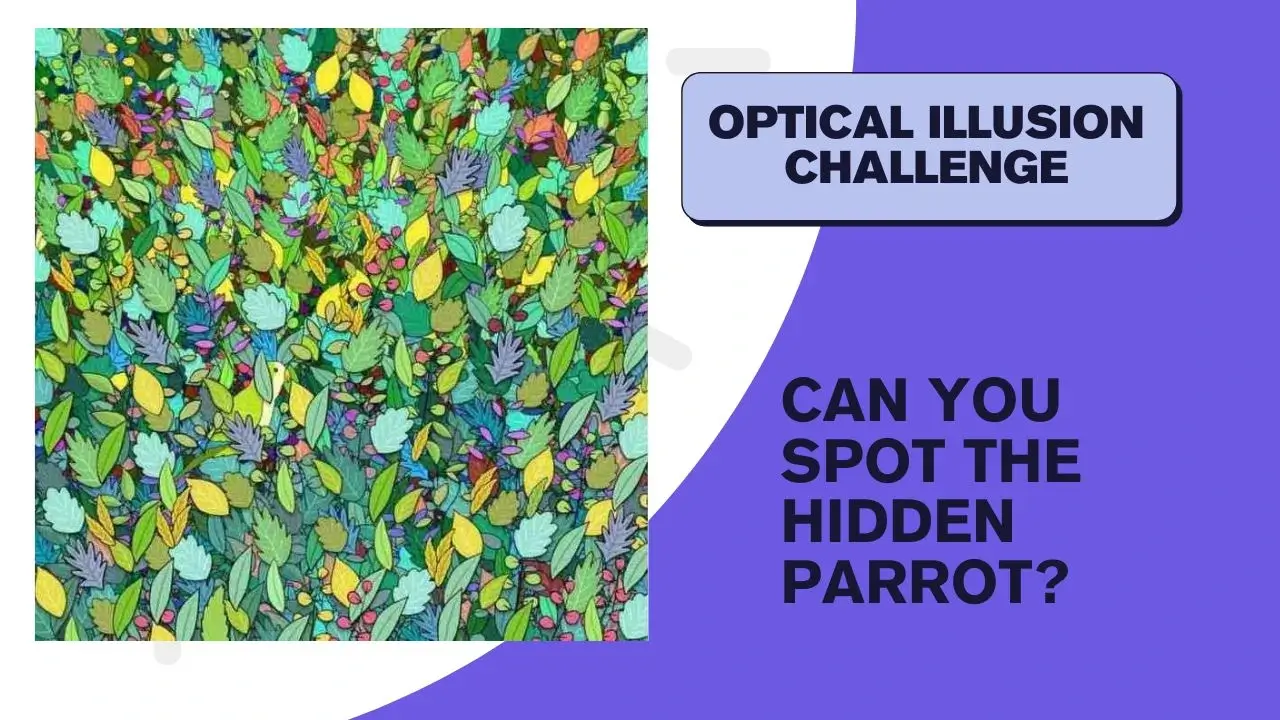Do you have what it takes to pass a visual quiz that’ll push your observation skills to the limit? Today’s illusion isn’t just about looking — it’s about truly seeing. Hidden deep within a beautifully camouflaged scene is a parrot so cleverly disguised, only those with razor-sharp vision and top-notch focus will be able to spot it. Ready to test your skills?
This isn’t your typical “Where’s Waldo” scenario. The hidden parrot illusion is a showcase of visual deception and mental redirection. At first glance, the image might just seem like a lush natural setting — a vibrant jungle, a colorful garden, or even a scene packed with greenery and visual noise. But look closer. Somewhere in that chaos, a parrot is hiding in plain sight.
Contents
- 0.1 Why This Illusion Is So Tricky
- 0.2 Why You Might Miss the Parrot
- 0.3 Tips for Spotting the Parrot
- 0.4 Why Optical Illusions Are Great for Your Brain
- 0.5 Did You Find It?
- 0.6 Related posts:
- 1 Challenge Your Brain: Can You Find the Hidden Letter A in 10 Seconds? Only 1% Can!
- 2 A Fun Optical Illusion Challenge: Spot the Jockey Without a Hat
- 3 Can You Outsmart This Optical Illusion? Find 83 and 33 Hidden Among 38s in Just 8 Seconds!
Why This Illusion Is So Tricky
Parrots are famous for their bright, eye-catching feathers, so they should be easy to find, right? Not so fast — in nature, parrots use their colorful feathers to blend in, not stand out. Their hues often match the leaves, bark, and flowers of their surroundings. Photographers and artists use this natural camouflage to create illusions that trick both the eye and the brain.

Here’s the catch: your brain is constantly trying to identify patterns and make sense of what you’re seeing. But that can backfire in illusions like this. Instead of noticing the finer details, your brain simplifies the image — and that sneaky parrot slips right by unnoticed.
Why You Might Miss the Parrot
When we look at an image like this, our brains use two types of thinking:
-
Top-down processing: You rely on expectations and experience — you expect to see trees, leaves, and shadows, so your brain fills in the blanks accordingly.
-
Bottom-up processing: You observe raw details — colors, lines, textures — without assumptions.
To find the hidden parrot, you need to slow down and shift to bottom-up thinking. Don’t assume. Break the image down and look at each shape and color individually.
Tips for Spotting the Parrot
-
Zoom In: Don’t hesitate to enlarge the image and scan slowly.
-
Study Color Patterns: Parrots often have curved, symmetrical feather lines. These may stand out just slightly among the leaves.
-
Search for Outlines: Look for curves that resemble a beak, head, or tail.
-
Spot the Eyes: Even when camouflaged, a parrot’s eye might catch a bit of light — that tiny glint can give it away.
-
Take a Break: If your eyes are tired, look away for a moment and return with a fresh perspective.
Why Optical Illusions Are Great for Your Brain
Aside from being super fun, illusions like this actually boost brain power:
-
Sharpen visual perception
-
Build focus and patience
-
Stimulate creative thinking
-
Improve mental flexibility by engaging both brain hemispheres
Think of it as a brain workout — no gym required!
Did You Find It?
Did you spot that hidden parrot hiding among the leaves? Or is it still tricking your eyes? Don’t worry — whether you saw it in seconds or are still searching, just trying sharpens your brain.

These kinds of puzzles are fun to solve, fun to share, and great for friendly competition. Challenge your friends and see who finds the parrot first — but don’t be shocked if someone points it out after you’ve stared at the screen for five minutes straight.
Remember: Sometimes, the most obvious things are the hardest to see.


It wasn’t that hard I found within 5 minutes